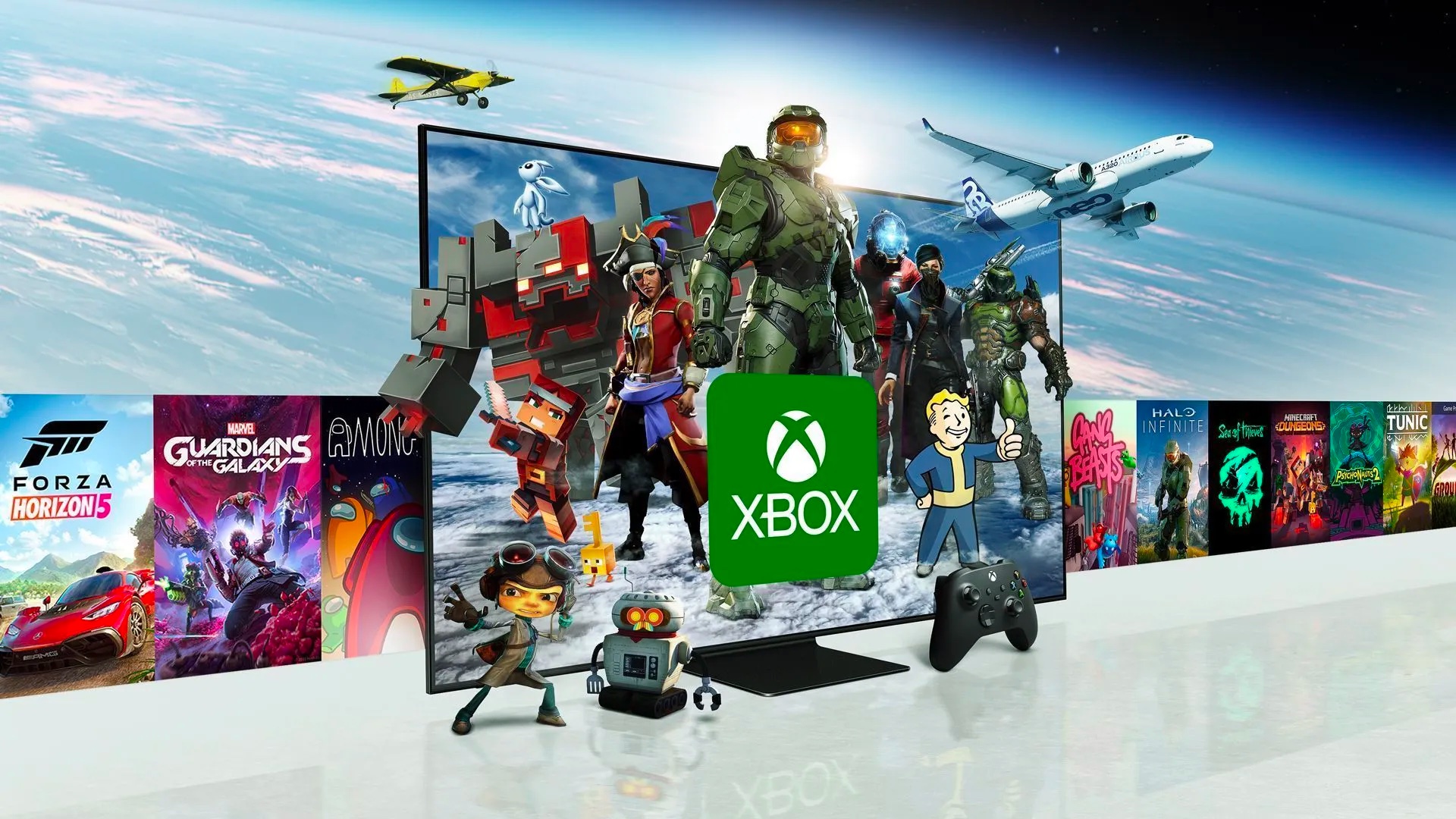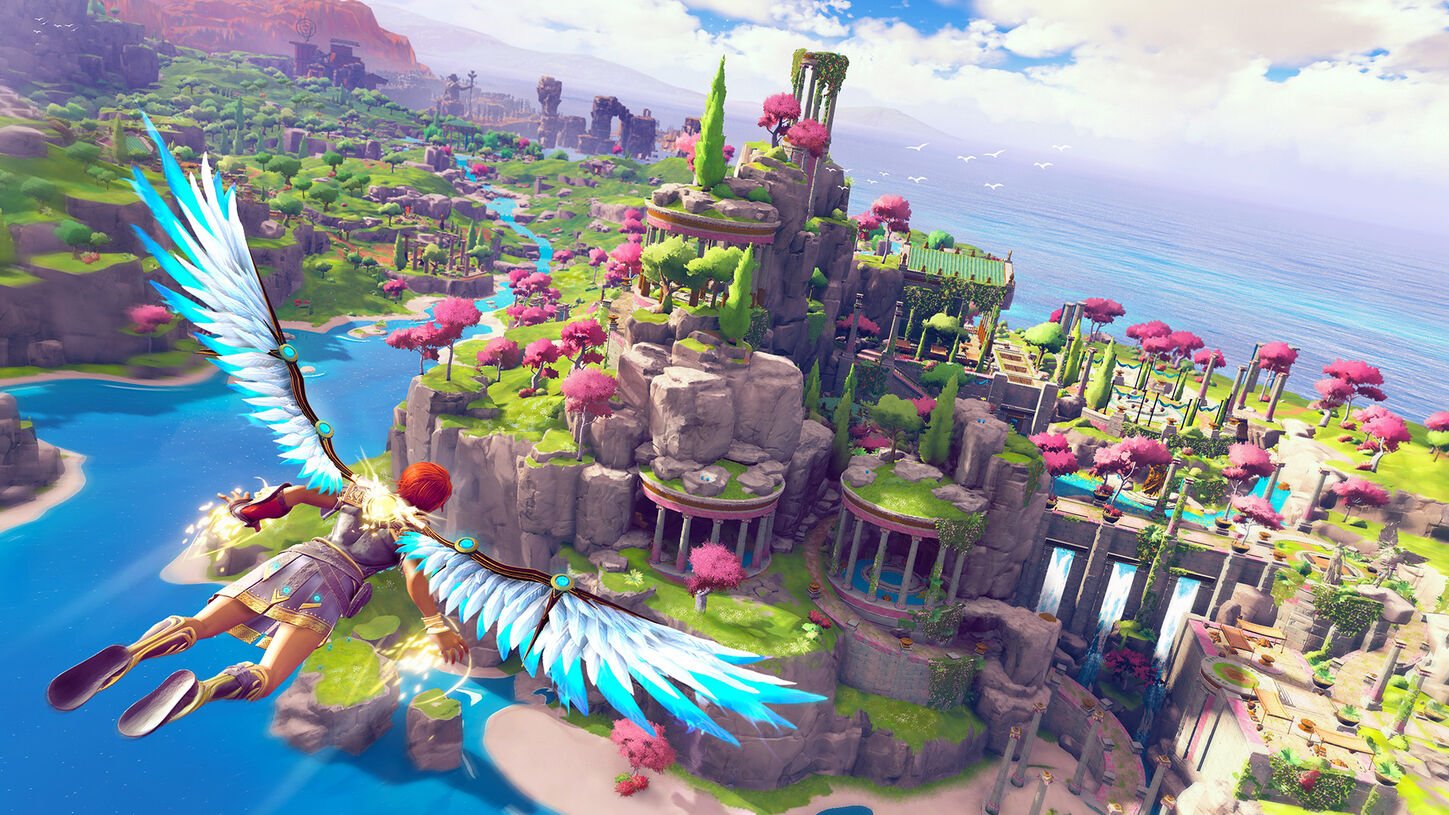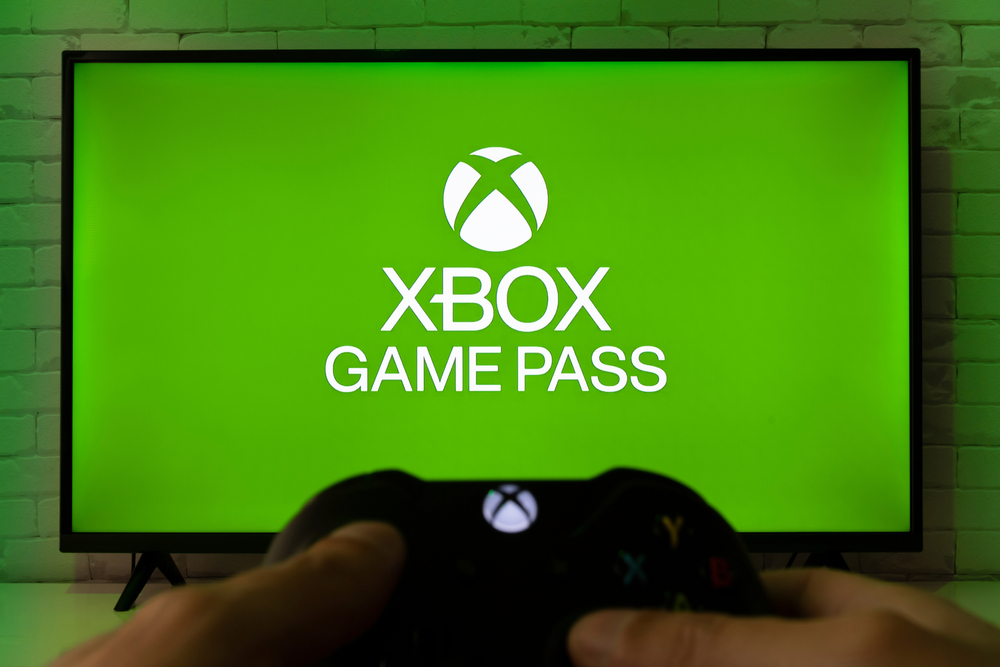I played Xbox Cloud Gaming on a Samsung TV — here’s how it stacks up to a console
Xbox Cloud Gaming works well on smart TVs, but a dedicated console still works better

Back in June, Tom’s Guide tested Xbox Game Pass on a Samsung smart TV, and called the experience “nearly flawless.” Over the course of half an hour, I streamed about half a dozen different games and found the experience nearly indistinguishable from playing on a console. However, I also realized that I was testing the product under ideal conditions:
“It’s worth pointing out that I only streamed a few minutes of each game,” I wrote. “The real test will be to see how the games hold up over long play sessions. It will also be instructive to see whether wireless connections yield similar results, since not every entertainment center is within arm’s reach of a router.”
A few weeks ago, Tom’s Guide got the Samsung Odyssey Ark, a hybrid TV/gaming monitor, shipped to our office. That meant I could finally test the Xbox Game Pass app under more realistic circumstances. As I’d hoped, streaming games directly to a smart TV is a passable replacement for an Xbox Series X/S — and as I’d feared, it still falls notably short of a dedicated console.
What Xbox Cloud Gaming gets right

To stand toe-to-toe with a console experience, Xbox Cloud Gaming would first have to nail the basics. That meant it would need to offer games I actually wanted to play, make them easy to run, and play them with an absolute minimum of friction. Cloud gaming aficionados will be pleased to hear that the Xbox Game Pass app on Samsung smart TVs succeeds on all three counts.
To stream Xbox games to a Samsung smart TV, you need two things apart from the TV itself: an Xbox Game Pass Ultimate subscription ($15 per month) and a Bluetooth controller (an official Xbox controller costs $60). From there, you simply download the Xbox Game Pass app onto your TV, sign into your Microsoft account and jump into your game. We tested on a Wi-Fi connection with 136 Mbps down, and 228 Mbps up, which far exceeds Microsoft’s recommended bandwidth of 10 Mbps.
At present, Xbox Game Pass offers more than 350 streaming games, from brand-new hits such as Return to Monkey Island and Persona 5 Royal, to classics such as Halo: The Master Chief Collection and Dragon Age: Origins. As such, Xbox Cloud Gaming passed the first test: I could easily find something I wanted to play. I settled on Immortals: Fenyx Rising, an open-world action/adventure game from Ubisoft.
Next, I needed to actually get the game up and running, which turned out to be just as easy as on a console. I downloaded the Xbox Game Pass app onto the Samsung Odyssey Ark; I signed into my account; I browsed through the Xbox Game Pass library until I landed on Immortals; I clicked on the game and waited for it to load up. The whole process could not have taken more than two minutes.
Get instant access to breaking news, the hottest reviews, great deals and helpful tips.
Finally — and most importantly — Immortals had to play smoothly, without any input delay, lag or significant graphical issues. I played the game for about three hours, to replicate what a lengthy gaming session at home might feel like. During that time, I was able to jump, climb and glide my way around the colorful world of Greek myth, fighting enemies and solving puzzles as I went. While the experience wasn’t absolutely perfect, I would have been perfectly happy with the experience, particularly if I didn’t have an Xbox Series X as a point of comparison.
However, I did have an Xbox Series X handy. And when I switched over to the dedicated console, I started to see the cracks in Xbox Cloud Gaming.
What Xbox Cloud Gaming gets wrong

First and foremost, a game on Xbox Cloud Gaming just does not look as good as an Xbox Series X/S. At present, games on Xbox Game Pass max out at 1080p and 60 frames per second. Games on the Xbox Series X can reach 4K/120 fps, while the Series S supports 1440p/120 fps. Immortals on the Xbox Series X looked sharper, more detailed and more fluid. But the most striking difference between the two versions of the game was the color palette. Xbox consoles support HDR, which is a big deal for a game like Immortals, which has cartoonish character designs and a plethora of vibrant blues, pinks and greens.
Furthermore, while Immortals played smoothly via Xbox Cloud Gaming, that performance came at a cost. The game suffered from constant artifacting, particularly in the background textures. Moving the camera would usually result in a few background squares that couldn’t quite catch up with the rest of the screen. The foreground was mostly in focus, so the artifacting didn’t ruin any important platforming or combat challenges. But it was incredibly distracting and killed any sense of immersion that Immortals had built up.
Another issue that cropped up is that smart TVs, even extremely fancy ones like the Odyssey Ark, are not primarily gaming systems. Gaming is a secondary application, and sometimes, it’s just not going to work properly. The second time I booted up the Xbox Game Pass app, it refused to load at all, and no amount of turning the TV on and off again would solve the issue. In the end, I had to wipe the TV’s cache (which was surprisingly difficult; it’s buried about six menus deep) and sign in again from scratch. If an Xbox booted up and simply refused to play games, something would have to be egregiously wrong with the system.
Finally, I did not realize just how much weaker Xbox Cloud Gaming’s audio would be. Something about the streaming service’s audio compression made the dialogue, sound effects and music in Immortals sound much more indistinct and metallic than I expected. As soon as I transitioned over to the Xbox Series X with its 3D audio capabilities, the game’s voicework sounded clearer, and the music sounded more lifelike.
To Xbox Cloud Gaming’s credit, I didn’t encounter any major issues while trying to play a big-budget current-gen game. But I did encounter a whole bunch of smaller ones, and I didn’t realize just how irritating those issues were until I went back to a regular console.
Xbox Cloud Gaming outlook

I don’t want to sell Xbox Cloud Gaming short, or grouse too much about it. It’s not entirely fair to compare a beta streaming service with a console that’s been out for two years — and a console family that’s been out for 21. Furthermore, Microsoft never promised perfect parity between Xbox Cloud Gaming and a full console experience. If you already have an Xbox console, or a powerful gaming PC, there’s no compelling reason to switch over to cloud gaming.
And yet, part of the beauty of Xbox Game Pass is that you don’t have to choose one or the other. As I switched back and forth between the Xbox app and the Xbox console, my save files synced quickly and automatically. I could foresee an Xbox Game Pass smart TV app being a boon for traveling gamers, who wouldn’t want to pack a whole Xbox console in their luggage, but wouldn’t mind taking a controller to a hotel or a relative’s house.
While I can’t recommend the Xbox Game Pass smart TV app as a full console replacement just yet, it’s already in a promising place, only a few months after launch. Dedicated gamers will want to hang onto their Xboxes for now, but the day when more casual players decide to forego consoles entirely may not be far off.

Marshall Honorof was a senior editor for Tom's Guide, overseeing the site's coverage of gaming hardware and software. He comes from a science writing background, having studied paleomammalogy, biological anthropology, and the history of science and technology. After hours, you can find him practicing taekwondo or doing deep dives on classic sci-fi.
